NEOM: The Manifestation of Saudi Arabia’s Futuristic Metropolis
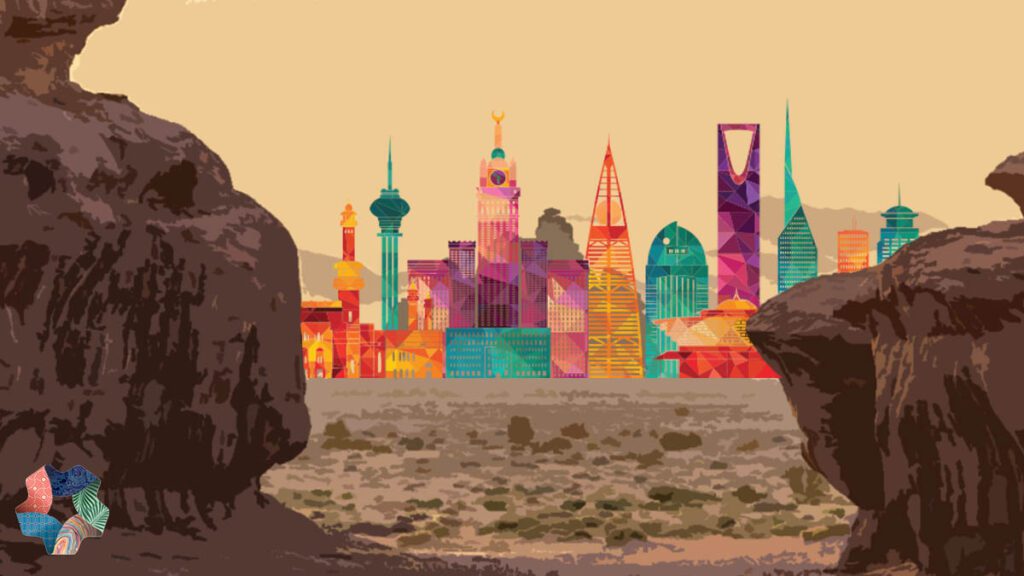
Deemed the jeweled project of the Kingdom of Saudi Arabia, NEOM, the crown’s $500 billion futuristic metropolis is attracting attention from the Kingdom and globally, bringing 10,000 steps forwards towards molding a city to incorporate human civilizations and modernization.
Famous for its oil-based economy, with primal revenue dependence on natural resources, the KSA is making the shift to turn from an oil-based country to a digital one by broadening its horizon through diversified initiatives, including its Saudi Vision 2030.
NEOM’s paramount economic potential will expand on various fundamental economic fronts, such as energy, food, media, water, mobility, tourism, sport, education, and much more, fixating the gaze of foreign investments on the prosperous nation.
NEOM will set the stage for Saudi Arabia’s next chapter, the New Future
Some of the most prominent investors and business owners from all around the globe are shifting their attention to the emerging megacity, with its extensive potentiality and promises of unique opportunities and advantages to enlarge their capital in the Kingdom.
Occupying one of the most strategic locations in the country, situated on one of the world’s most significant economic pathways, and intertwining three continents together, Asia, Europe, and Africa.
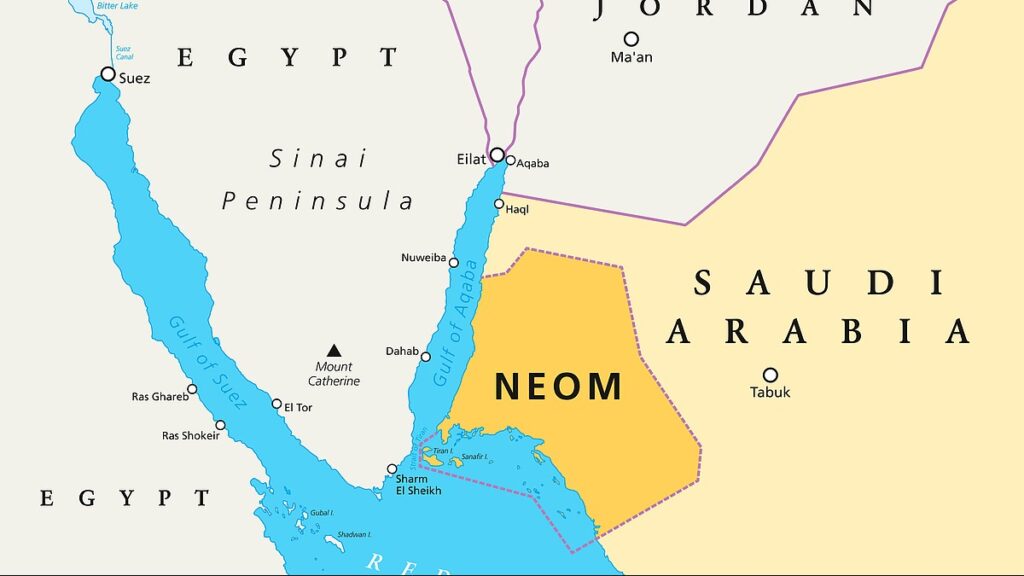
This means that almost 40 percent of the global population will easily be able to reach NEOM in a matter of four hours, and in most cases, even less. And let’s not forget that an estimate of 10 percent of the worldwide trade runs through the Red Sea – given that NEOM’s site is at the North of the Red Sea.
Saudi Arabia’s innovative gem will welcome a rippling surge of comprehensive supply and innovation systems, working in favor of certain regulatory approaches accommodating specific international trade laws. Delivering the right infrastructural environment will place humanity at the helm of innovation, conveying the ingenuity of a futuristic experience.
By 2030, NEOM will transform Saudi Arabia into a global financial marketplace by renovating its thriving commercial and economic sectors for the Kingdom to realize its financial ambitions.
Investing in Saudi Arabia’s Vision
The ultra-modern futuristic metropolis will run a broad range of hard technologies, from human-machine fusion, artificial and predictive intelligence, robotics, and much more. For the Kingdom’s modernized vision to come to fruition, the region needs a much most considerable and heavier flow of capital to become the giga-project the nation hopes for.
In 2021, NEOM became more crystallized as to which direction investments are taking. While the project was initially financially endorsed by KSA’s sovereign wealth body, the Public Investment Fund, in 2017, the megacity has managed to attract more attention from foreign investors. 2021 marked a significant turning point for the project after witnessing some challenges since its initial announcement in 2017 when it was championed by His Royal Highness Crown Prince Mohammed Bin Salman bin Abdulaziz.
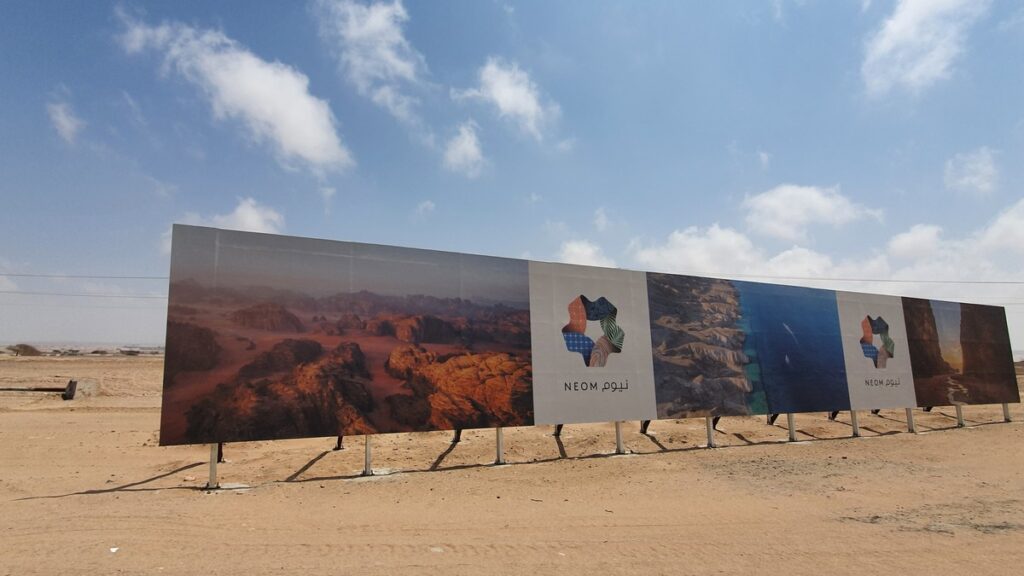
The city’s construction is expected to accord almost $48 billion to the nation’s gross domestic product (GDP) by 2o30 – is already being put into action with some massive earthworks and tunneling in the region’s mountains. This will build the proper infrastructure to house around 1,500 people, according to NEOM’s chief executive officer (CEO), Nadhmi Al-Nasr.
“It’s a huge undertaking. Today if you go to NEOM, you will see construction all over, you will see earthworks going all over, you will see regions that are being developed,” he told Bloomberg in October.
While the futuristic metropolis is attracting investments to contribute to NEOM’s development, two key projects will have a fundamental role in reshaping the city’s prospects, THE LINE and OXAGON.
THE LINE is a 105-mile-long green city that will incorporate private schools, clinics, leisure facilities, and open spaces. The ambitious project will deliver around 380,000 jobs and will be instrumental to Saudi Arabia’s 2030 GDP, which the government hopes to reach an estimate of $47 billion.
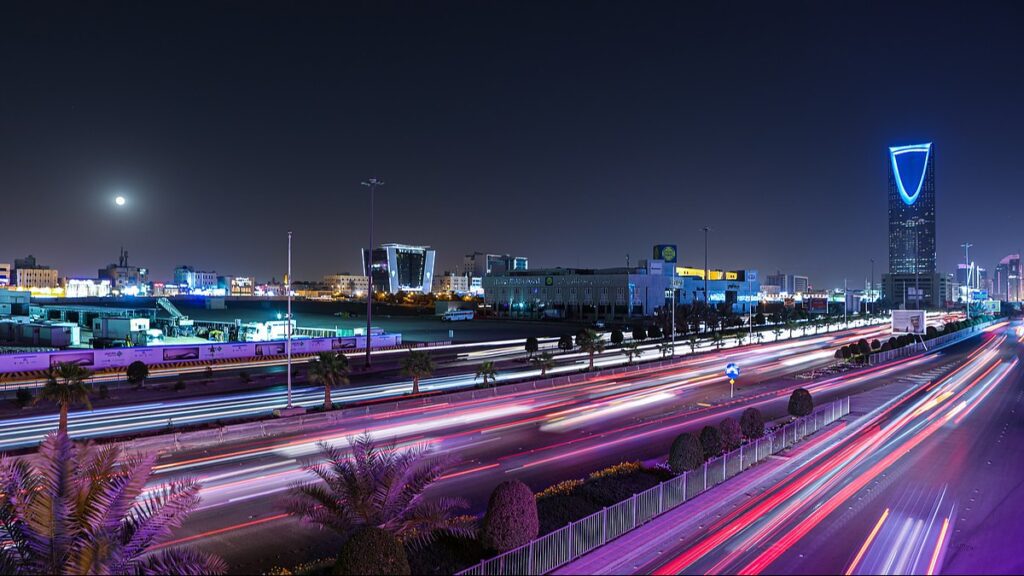
NEOM’s CEO said they hope to open the sustainable city’s doors to residents as soon as 2024.
THE LINE, however, won’t be the only structure ascending in the Hisma Desert. Officials in charge of the project welcomed 2022 with a launch of the eight-sided city, OXAGON.
OXAGON’s infrastructure is strictly industrial and will be “home to the world’s fully automated port and integrated logistics hub,” with one part of its hovering on the Red Sea, where some of the world’s trade passed in ships.
According to NEOM, the industrial hub will be based on promising innovations, such as the Internet of Things (IoT), artificial intelligence, and more. This will serve well when creating a “seamless, integrated, intelligent, and efficient supply chain.”
NEOM 2021 Highlights
In the face of the challenges this contemporary project encountered, NEOM has yet managed to stand still and fight off any skepticism and conundrums that have stood in its way since 2017.
In April, NEOM officials unveiled plans to build a plant to create around 10,000 hydrogen fuel cell-powered commercial vehicles a year. The company signed in 2021 various agreements with some of the biggest names in the industry, including U.S.-based Hyzon Motors – known for developing zero-emission hydrogen fuel cell-powered commercial vehicles.
In parallel, during that same month, the emergent sustainable city has also opened its doors from investments from Saudi-based investment conglomerate Modern Industrial Investment Holding Group to help build a sustainable ecosystem.
Two months later, NEOM officiated a deal with HanmiGlobal in June. The South Korean construction engineering firm will take charge of LINE’s administrative services, including design, structure, and execution.
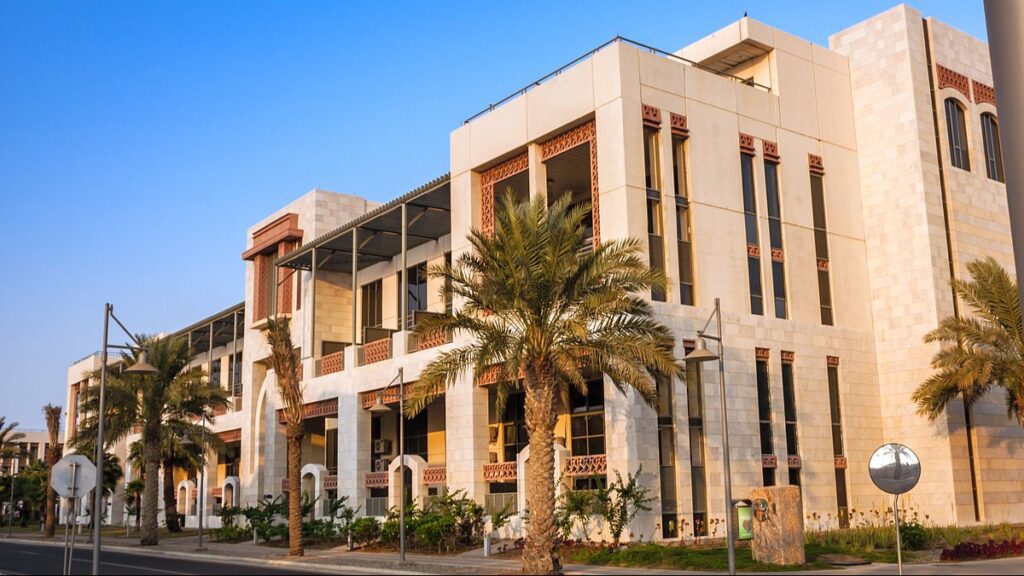
During that same month, King Abdullah University of Science and Technology, alongside NEOM, unveiled a prospect of a joint project to station the world’s most extensive coral garden by the rising-city borders at the Shusha Island in the Red Sea region.
The venture is set to be finalized in 2025. It will cover 100 hectares on the island on the shore of the crimson sea, with anticipations to place the region at the helm of sustainability, hoping to be perceived as a global center to secure and restore coral reefs.
The constructional initiatives directed at KSA’s futuristic metropolis did not end there, though, the month after, one of China’s most prominent began tunnel work pre-qualifications for China’s Railway Construction Corp. to start operating in July.
In October, the Public Investment Fund-owned company maintained the escalated successful strikes by hailing technology giant Oracle as the first-ever occupier of its hyper-scale data center in the technological metropolis.
“The data center will be based at the meeting point between terrestrial and sub-sea cable cables, allowing it to provide customers with fast and reliable connectivity,” according to Arab News.
